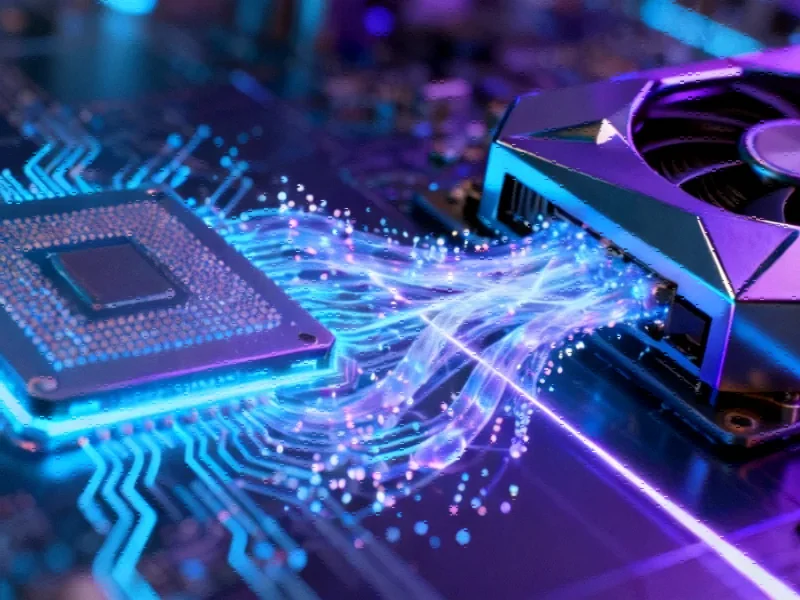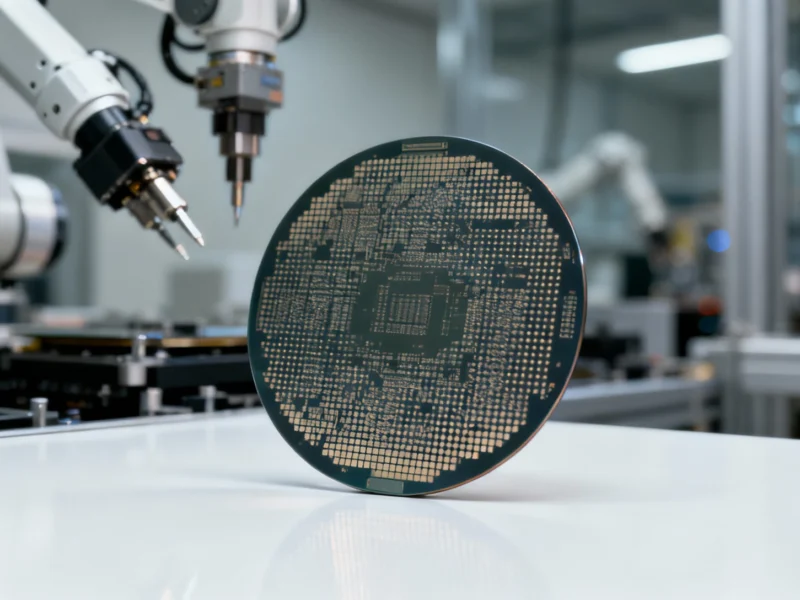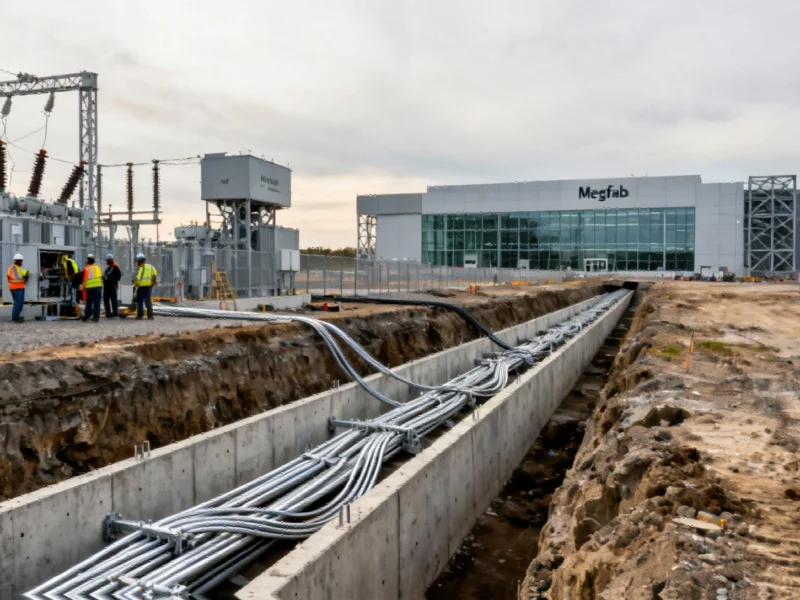Nvidia’s Expanding Hardware Ecosystem
In a strategic move that signals a fundamental shift in AI infrastructure development, Nvidia has announced a significant partnership with Samsung Foundry to co-design and manufacture custom CPUs and XPUs. This collaboration, unveiled at the 2025 Open Compute Project Global Summit, represents Nvidia’s most aggressive push yet to extend its influence beyond GPUs and into the entire computing stack. The alliance comes as Nvidia expands its AI hardware ecosystem to counter growing competition from cloud giants and semiconductor rivals.
NVLink Fusion: The Architecture Behind the Strategy
At the core of this expansion lies NVLink Fusion, Nvidia’s IP and chiplet solution designed to seamlessly integrate diverse processing units into standardized server infrastructures. According to Ian Buck, Nvidia’s Vice President of HPC and Hyperscale, this technology enables direct, high-speed communication between processors within rack-scale systems, effectively eliminating traditional performance bottlenecks that have hampered AI workload efficiency.
“What makes NVLink Fusion particularly significant,” Buck explained during the summit, “is its ability to create cohesive systems where CPUs, GPUs, and specialized accelerators communicate as if they were a single, unified processor rather than discrete components competing for bandwidth.”
Samsung’s Role in Nvidia’s Custom Silicon Ambitions
Samsung Foundry brings critical manufacturing capabilities to Nvidia’s ecosystem, offering comprehensive design-to-production expertise for custom silicon. This partnership enables Nvidia to rapidly prototype and scale specialized processors optimized for specific AI workloads, mirroring similar recent technology breakthroughs in adjacent sectors where precision manufacturing has enabled significant performance gains.
The collaboration represents a strategic countermove against competitors developing in-house AI chips. By combining Nvidia’s architectural expertise with Samsung’s manufacturing scale, the partnership aims to deliver custom solutions that can be deployed rapidly across global data centers, potentially shortening development cycles that typically span years.
The Ecosystem Expansion: Intel and Fujitsu Join the Fold
Nvidia’s ecosystem now includes Intel and Fujitsu as key partners, both empowered to build CPUs that communicate directly with Nvidia GPUs through NVLink Fusion. This multi-vendor approach strengthens Nvidia’s position as an ecosystem orchestrator rather than merely a component supplier. The development reflects broader industry developments where strategic alliances are reshaping competitive landscapes.
However, this openness comes with significant constraints. TechPowerUp reports that custom chips developed under NVLink Fusion must connect to Nvidia products, with Nvidia retaining control over communication controllers, PHY layers, and NVLink Switch licensing. This controlled openness gives Nvidia considerable leverage while raising questions about long-term ecosystem flexibility.
Strategic Implications for the AI Hardware Market
Nvidia’s deepening hardware integration comes at a pivotal moment in AI infrastructure development. Major technology players including OpenAI, Google, AWS, Meta, and Broadcom are aggressively developing proprietary chips to reduce dependence on Nvidia’s hardware. This trend mirrors market trends in consumer technology where vertical integration has become a key competitive strategy.
By embedding its IP throughout the computing stack, Nvidia positions itself as an indispensable infrastructure provider rather than a replaceable component supplier. The company appears to be betting that the performance advantages of its tightly integrated systems will outweigh concerns about vendor lock-in, especially for enterprises running massive AI workloads where incremental performance gains translate to significant operational savings.
The Broader Competitive Landscape
Nvidia’s strategy reflects a broader industry pattern where technology leaders are extending control across multiple layers of the computing stack. Broadcom is deepening its AI involvement with custom accelerators for hyperscalers, while OpenAI is reportedly designing its own chips to reduce GPU dependence. These related innovations across different technology sectors demonstrate how vertical integration has become a dominant strategic theme.
What distinguishes Nvidia’s approach is its focus on creating an ecosystem rather than purely proprietary solutions. By enabling partners like Samsung, Intel, and Fujitsu to build compatible hardware, Nvidia aims to create a standards-based ecosystem that still centers on its technologies—a delicate balance between openness and control that will likely define the next phase of AI hardware competition.
Future Outlook and Industry Impact
The Nvidia-Samsung partnership signals a new era where AI infrastructure leaders must excel at both architecture design and ecosystem management. As AI models grow increasingly complex and demanding, the industry appears to be dividing into camps: those developing fully proprietary stacks and those building federated ecosystems around dominant platforms.
Nvidia’s bet on the latter approach through NVLink Fusion and manufacturing partnerships represents a calculated risk that performance and time-to-market advantages will outweigh the appeal of completely open alternatives. The success of this strategy will likely determine whether Nvidia maintains its AI hardware dominance or faces fragmentation as customers seek more flexible, less proprietary solutions for their evolving AI infrastructure needs.
This article aggregates information from publicly available sources. All trademarks and copyrights belong to their respective owners.
Note: Featured image is for illustrative purposes only and does not represent any specific product, service, or entity mentioned in this article.



